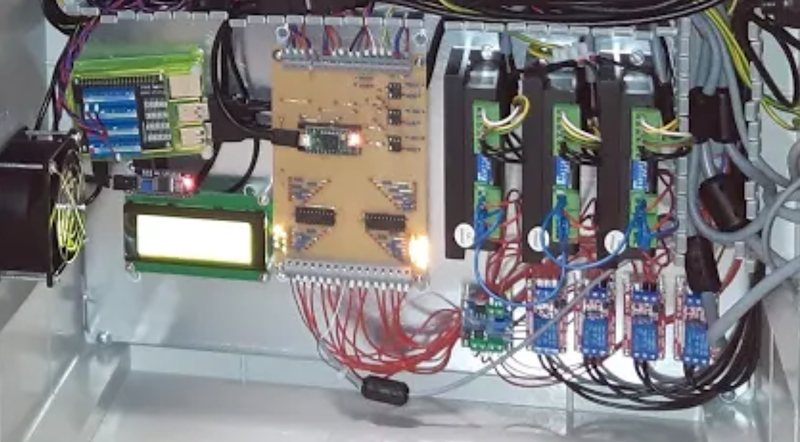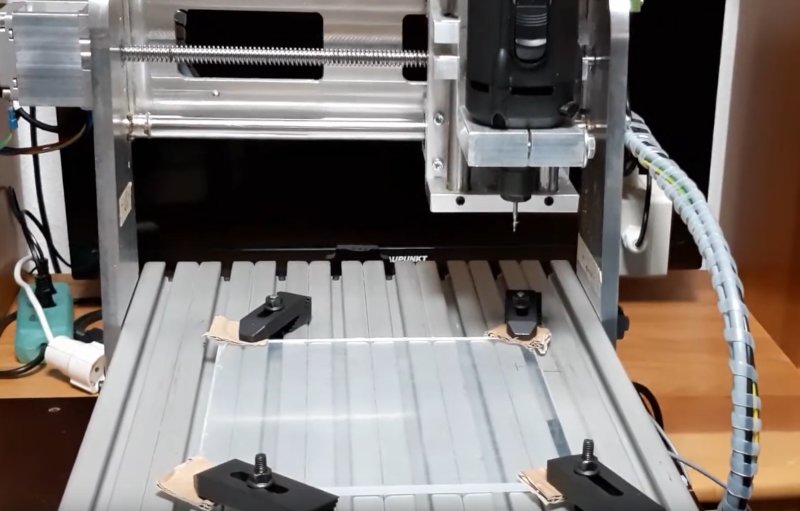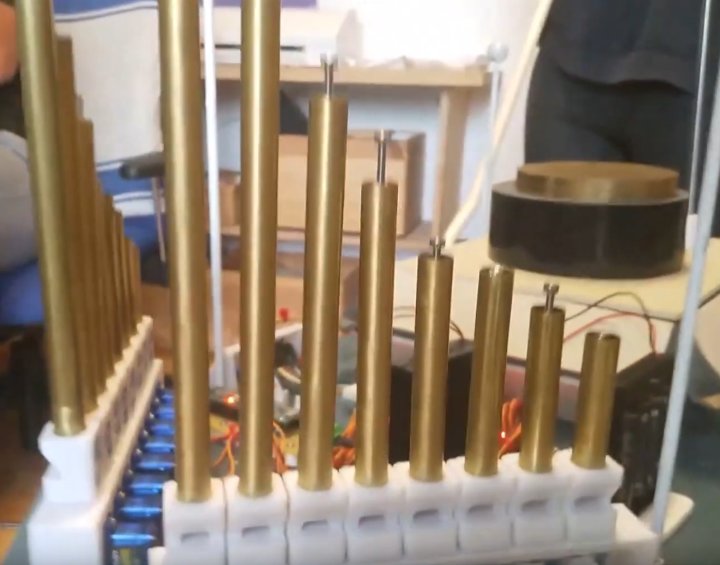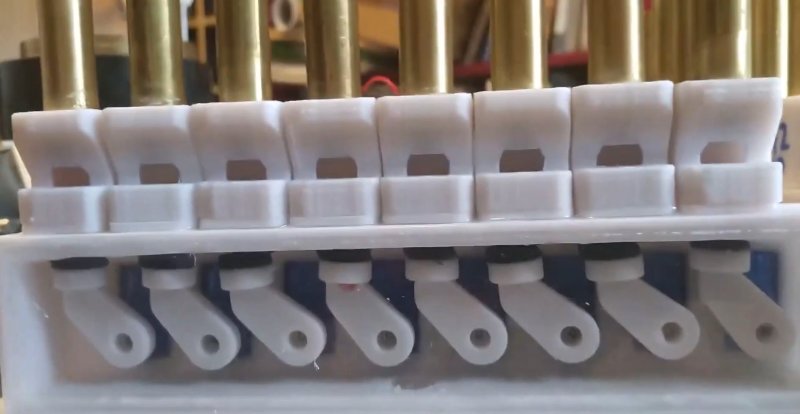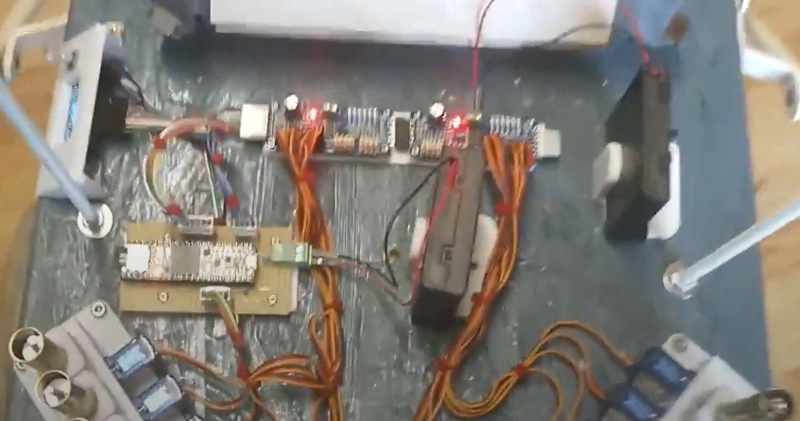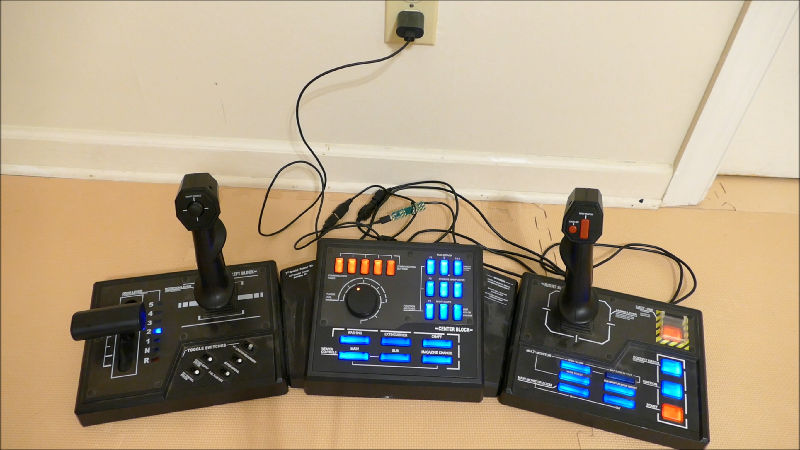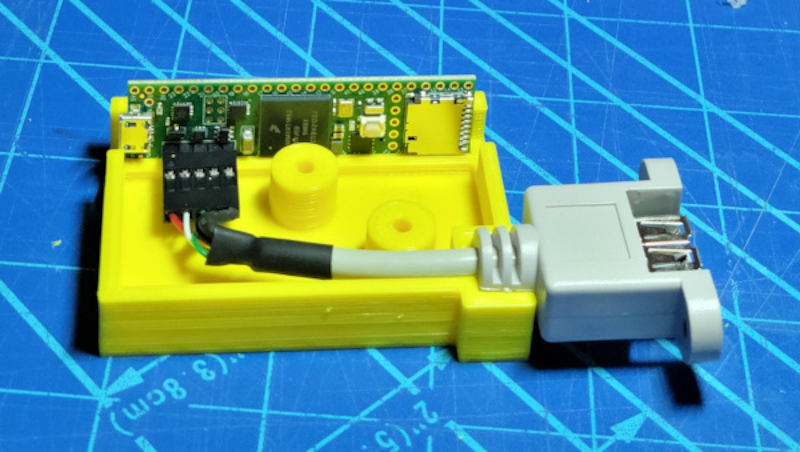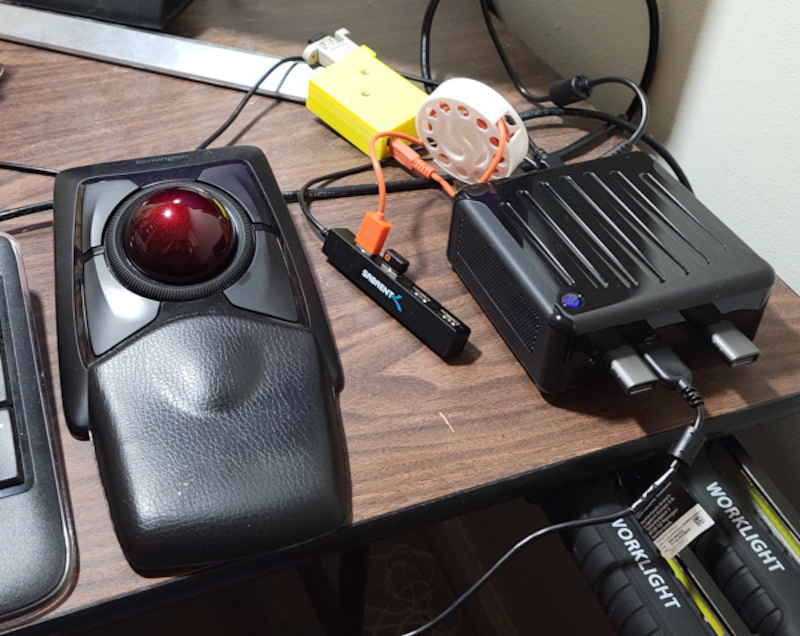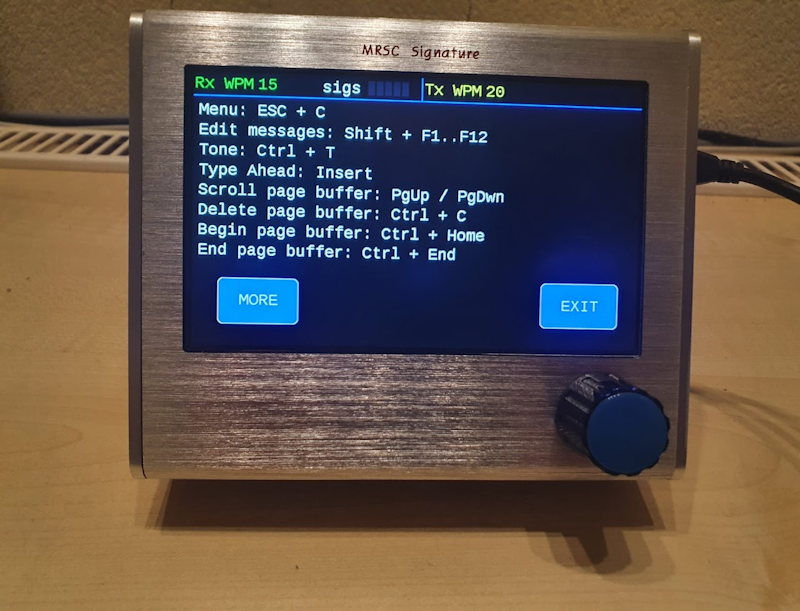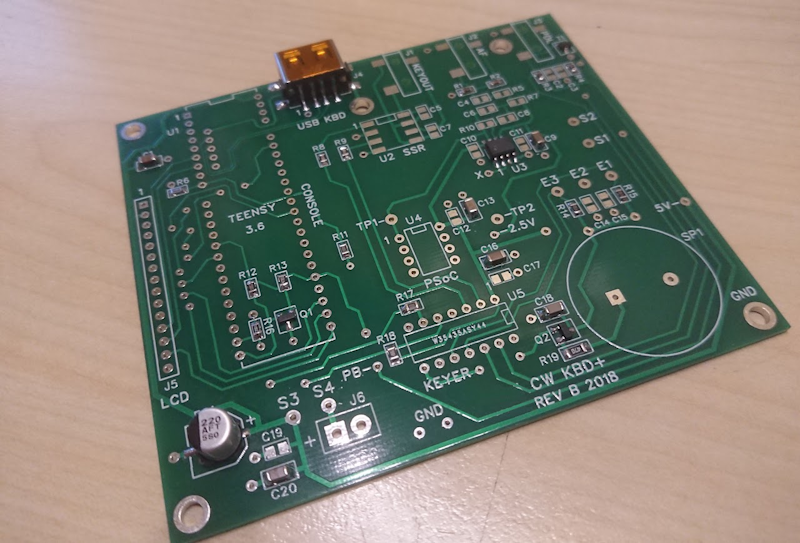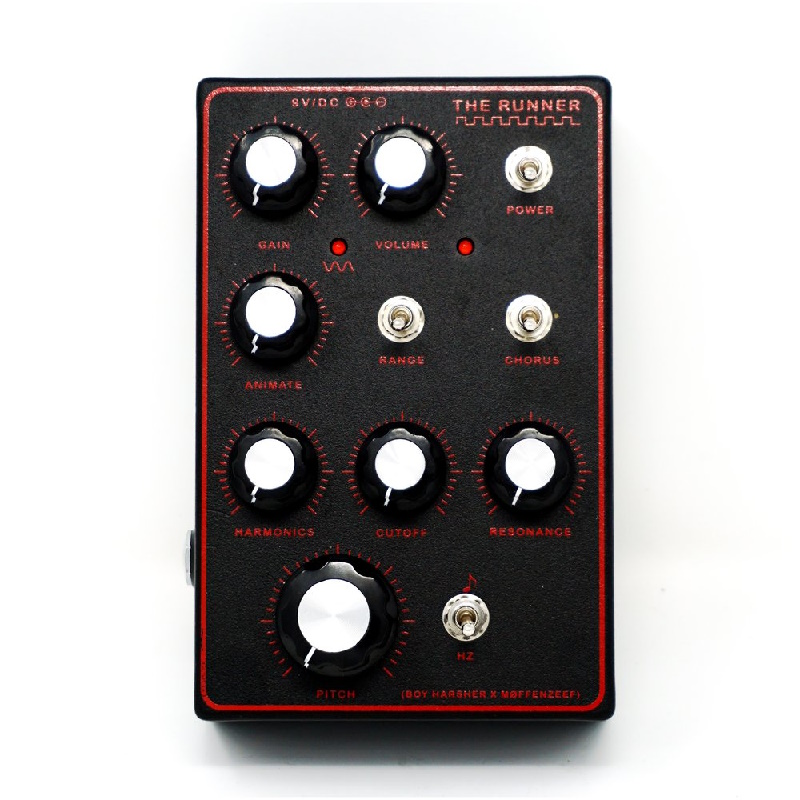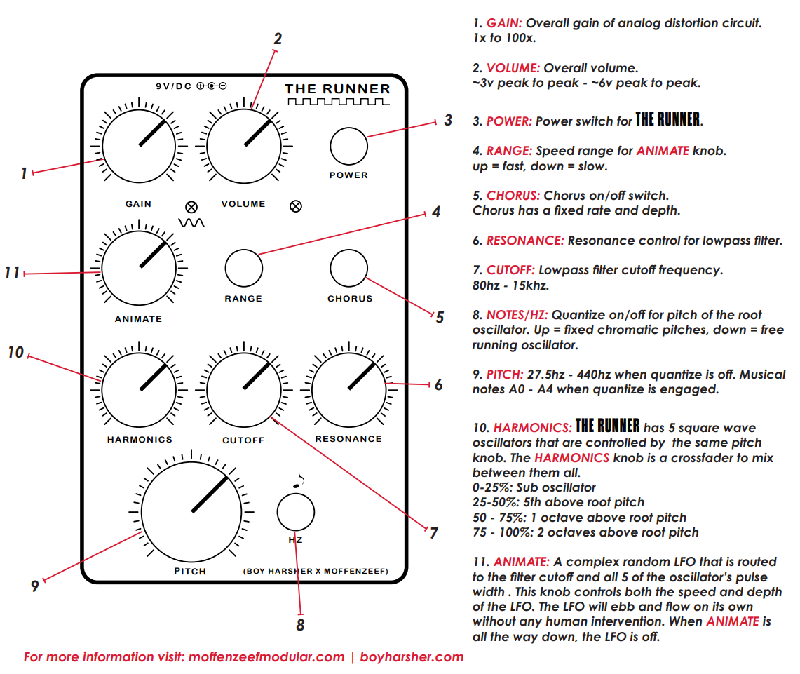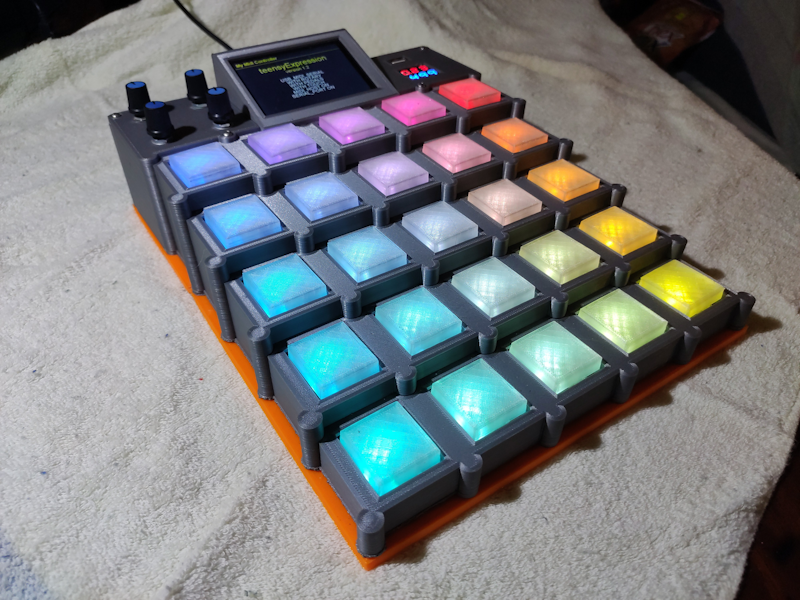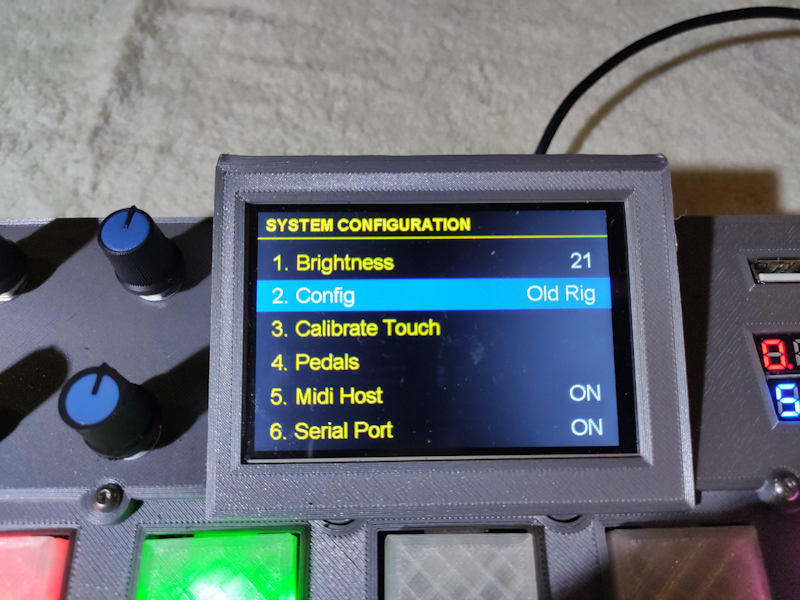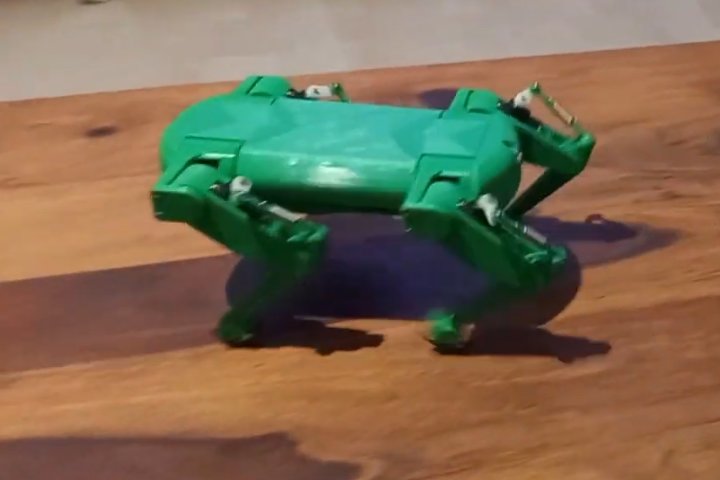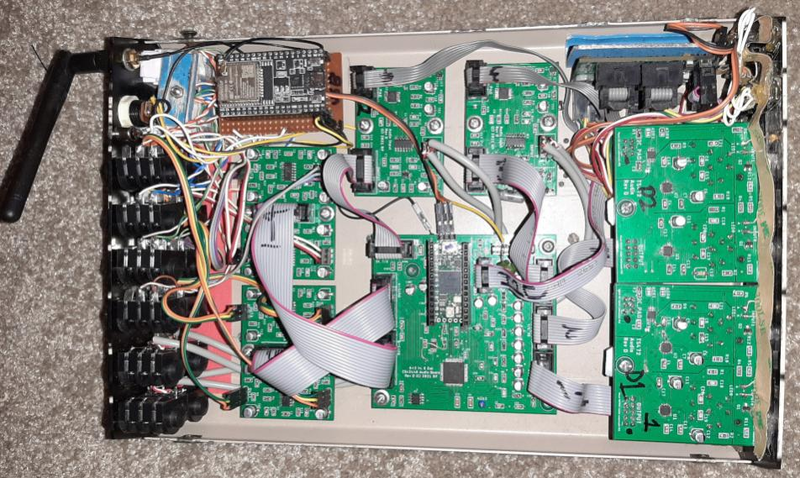Florian Loretan bought an old Bontempi keyboard, but it stopped working. Instead of consigning it to the scrap heap, he ended up on a journey to create a custom polyphonic Teensy-based synth, with the only remaining part of the original keyboard being the keys and matrix.
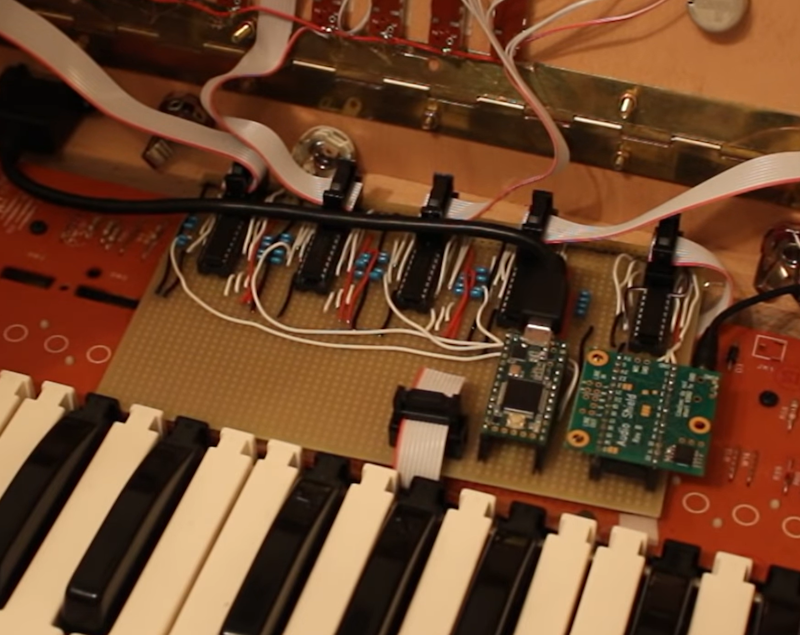
In addition to the Teensy 3.1, an Audio Adaptor Board is used, though not in the typical stacked orientation. Multiplexers handle the keyboard matrix and the custom potentiometer-based interface. More detail on the electronics can be found in a separate video, as can specifics on building the case, and a demo of everything together can be seen below. The source code, which is still a work in progress, can be found on GitHub.
